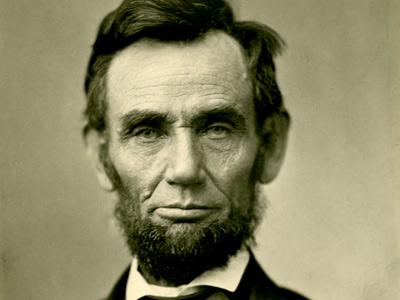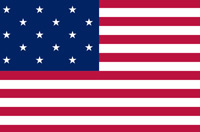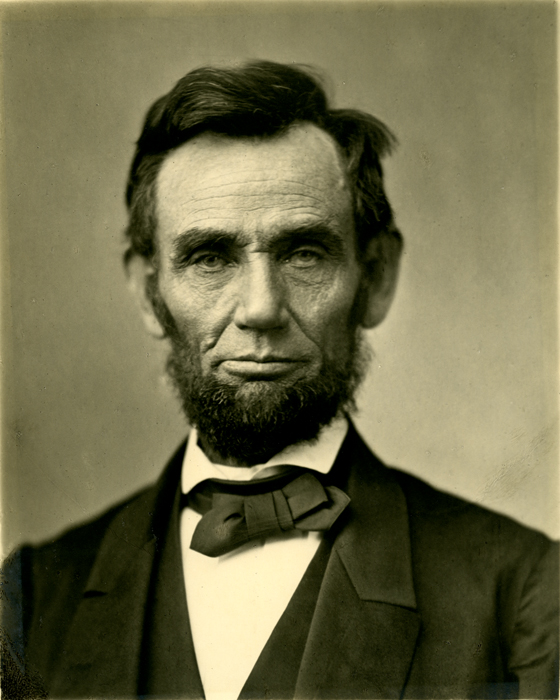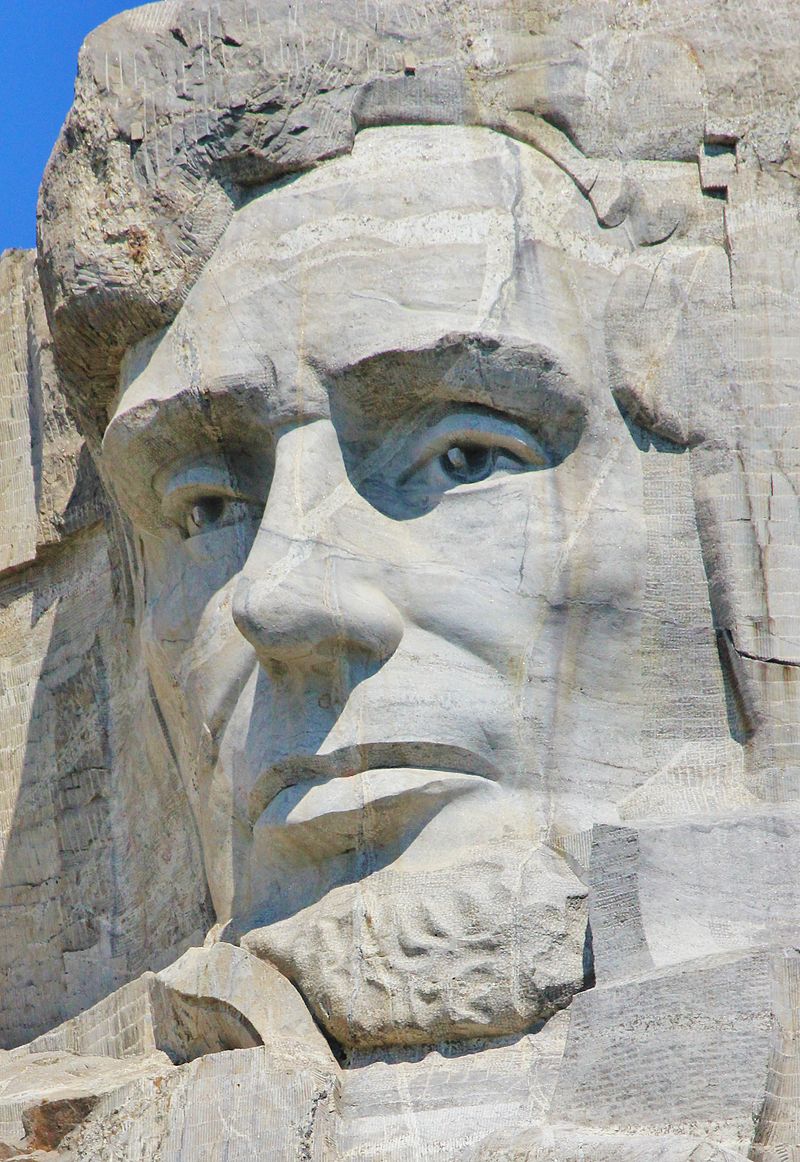Abraham Lincoln (1809-1865)

1860 Presidential Nomination and Campaign
On May 9–10, 1860, the Illinois Republican State Convention was held in Decatur. Lincoln's followers organized a campaign team led by David Davis, Norman Judd, Leonard Swett, and Jesse DuBois, and Lincoln received his first endorsement to run for the presidency. Exploiting the embellished legend of his frontier days with his father (clearing the land and splitting fence rails with an ax), Lincoln's supporters adopted the label of "The Rail Candidate". In 1860 Lincoln described himself : "I am in height, six feet, four inches, nearly; lean in flesh, weighing, on an average, one hundred and eighty pounds; dark complexion, with coarse black hair, and gray eyes." A biographer added that he had a:
Large head, with high crown of skull; thick, bushy hair; large and deep eye-caverns; heavy eyebrows; a large nose; large ears; large mouth; thin upper and somewhat thick under lip; very high and prominent cheek-bones; cheeks thin and sunken; strongly developed jawbone; chin slightly upturned; a thin but sinewy neck, rather long; long arms; large hands; chest thin and narrow as compared with his great height; legs of more than proportionate length, and large feet.
On May 18, at the Republican National Convention in Chicago, Lincoln's friends promised and manipulated and won the nomination on the third ballot, beating candidates such as Seward and Chase. A former Democrat, Hannibal Hamlin of Maine, was nominated for Vice President to balance the ticket. Lincoln's success depended on his reputation as a moderate on the slavery issue, and his strong support for Whiggish programs of internal improvements and the protective tariff.
On the third ballot Pennsylvania put him over the top. Pennsylvania iron interests were reassured by his support for protective tariffs. Lincoln's managers had been adroitly focused on this delegation as well as the others, while following Lincoln's strong dictate to "Make no contracts that bind me".
Most Republicans agreed with Lincoln that the North was the aggrieved party, as the Slave Power tightened its grasp on the national government with the Dred Scott decision and the presidency of James Buchanan. Throughout the 1850s, Lincoln doubted the prospects of civil war, and his supporters rejected claims that his election would incite secession. Meanwhile, Douglas was selected as the candidate of the Northern Democrats. Delegates from 11 slave states walked out of the Democratic convention, disagreeing with Douglas' position on popular sovereignty, and ultimately selected incumbent Vice President John C. Breckinridge as their candidate. A group of former Whigs and Know Nothings formed the Constitutional Union Party and nominated John Bell of Tennessee. Lincoln and Douglas would compete for votes in the North, while Bell and Breckinridge primarily found support in the South.
Prior to the Republican convention, the Lincoln campaign began cultivating a nationwide teen and young adult organization, the Wide Awakes, which it used to generate popular support for Lincoln throughout the country to spearhead large voter registration drives, knowing that new voters and young voters tend to embrace new and young parties. As Lincoln's ideas of abolishing slavery grew, so did his supporters. People of the Northern states knew the Southern states would vote against Lincoln because of his ideas of anti-slavery and took action to rally supporters for Lincoln.
As Douglas and the other candidates went through with their campaigns, Lincoln was the only one of them who gave no speeches. Instead, he monitored the campaign closely and relied on the enthusiasm of the Republican Party. The party did the leg work that produced majorities across the North, and produced an abundance of campaign posters, leaflets, and newspaper editorials. There were thousands of Republican speakers who focused first on the party platform, and second on Lincoln's life story, emphasizing his childhood poverty. The goal was to demonstrate the superior power of "free labor", whereby a common farm boy could work his way to the top by his own efforts. The Republican Party's production of campaign literature dwarfed the combined opposition; a Chicago Tribune writer produced a pamphlet that detailed Lincoln's life, and sold 100,000 to 200,000 copies.
HISTORY
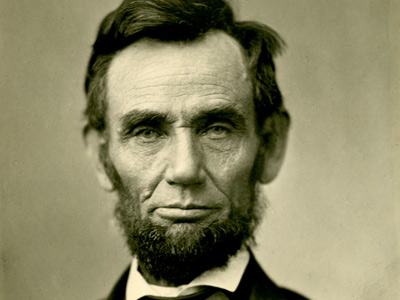
RESOURCES
This article uses material from the Wikipedia article "Abraham Lincoln", which is released under the Creative Commons Attribution-Share-Alike License 3.0.
© Stories Preschool. All Rights Reserved.
